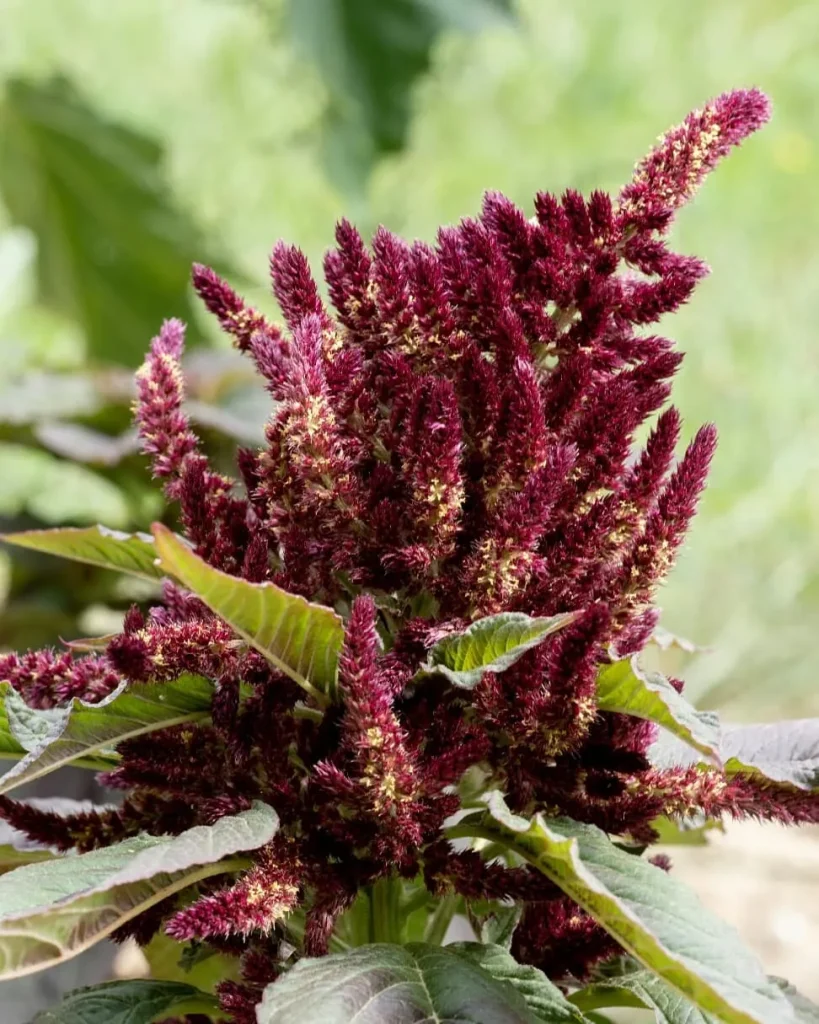Distichlis: A Resilient Genus
My name is Ferb Vu, and I’ve always been fascinated by the adaptability of plants, especially those that thrive in harsh conditions. One genus that truly embodies this resilience is Distichlis. Commonly known as saltgrass, these plants are true survivors, often found in environments where many other species struggle to exist.
What Makes Distichlis Unique?
Distichlis is a genus of grasses that belongs to the family Poaceae. What sets them apart is their remarkable tolerance to salinity. They are often found in salt marshes, coastal dunes, and alkaline flats, environments where high salt concentrations would be toxic to most other plants. This resilience stems from their unique physiological adaptations, allowing them to thrive where others fail.
One of the most distinctive features of Distichlis is its growth habit. The plants typically form dense mats, spreading through rhizomes or stolons. This allows them to stabilize soil and prevent erosion in their challenging environments. Their leaves are also quite distinctive, arranged in two opposite rows, giving them a flattened appearance. This distichous leaf arrangement is actually where the genus name originates.
A Diverse Genus
While Distichlis may not be the most diverse genus in the plant kingdom, it still boasts a respectable number of species. Here are:
- Distichlis acerosa: This salt-tolerant grass is known for its narrow, pointed leaves and its resilience in arid environments. It typically thrives in coastal and saline soils where other species might struggle, showing adaptability to fluctuating water levels and salinity, which makes it essential in stabilizing soils in these regions.
- Distichlis australis: Native to the southeastern U.S., Distichlis australis, or southern saltgrass, grows in wetlands and saline habitats. It has coarse leaves and forms dense mats that help prevent soil erosion. Its salt tolerance and ability to grow in brackish waters make it valuable for wetland restoration.
- Distichlis bajaensis: This grass, found primarily in Baja California, is adapted to coastal dunes and saline soils. Its growth contributes to dune stabilization and provides ground cover in areas where salt levels inhibit other vegetation, playing a critical role in supporting fragile coastal ecosystems.
- Distichlis distichophylla: Also known as Australian saltgrass, this species thrives in coastal and inland saline areas across Australia. Its sturdy, spreading growth habit helps control erosion and provides habitat for native fauna, making it a beneficial component in salt-affected ecosystems.
- Distichlis eludens: A rare species of saltgrass, Distichlis eludens is typically found in arid, saline regions. It has a sparse growth pattern and is often seen in isolated pockets, reflecting its preference for specialized habitats. Its adaptability to challenging environments highlights its ecological importance in maintaining biodiversity.
- Distichlis humilis: Found in southwestern U.S. deserts, this species grows in saline flats and arid regions. It has a low-growing, mat-forming structure that stabilizes soils and conserves moisture. Its drought and salt tolerance make it well-suited for reclamation projects in desert and saline landscapes.
- Distichlis laxiflora: Known for its open, sprawling growth habit, Distichlis laxiflora is often found in moist, saline soils near coastlines. This grass is effective in stabilizing soil and tolerating saline groundwater, supporting plant diversity in these challenging habitats.
- Distichlis littoralis: Native to coastal areas, Distichlis littoralis thrives in saline and brackish environments. It is often found in sandy soils and plays a role in dune stabilization. Its ability to endure salt spray and shifting sands makes it an asset for erosion control and habitat restoration in coastal ecosystems.
- Distichlis palmeri: Distichlis palmeri is unique for its edible seeds, traditionally used by indigenous peoples in the southwestern U.S. and Mexico. This tall grass grows in saline wetlands and estuaries and is valued both for its ecological role in saline environments and its cultural significance.
- Distichlis scoparia: This species, known as inland saltgrass, grows in highly saline and alkaline areas. Its deep-rooted, clumping growth helps to manage soil salinity and provides habitat for small animals. It’s highly adaptable to saline and sodic soils, contributing to soil stabilization in degraded landscapes.
- Distichlis spicata: Commonly called saltgrass, Distichlis spicata is widespread across North American coasts. It forms dense mats in salt marshes and coastal prairies, thriving in salt and brackish waters. Its dense root system is effective in soil stabilization and erosion control, making it vital for coastal wetland preservation.
The Importance of Distichlis
Beyond their ecological importance in stabilizing soils and providing habitat for wildlife, Distichlis species also have practical uses. Some species are used for grazing, particularly in areas where other forage options are limited due to salinity. They have also been used for erosion control and land reclamation projects.
My Personal Connection
I’ve had the opportunity to observe Distichlis spicata firsthand during my trips to the coast. Seeing these plants thriving in such a harsh environment, where the salty air and constant winds would deter most other vegetation, truly impressed me. Their ability to not only survive but also create a habitat for other organisms is a testament to their resilience.
The genus Distichlis serves as a reminder of the incredible adaptability of plants. Their ability to thrive in challenging environments provides valuable lessons in resilience and resourcefulness. As we continue to face environmental challenges, understanding and appreciating the adaptations of plants like Distichlis can inspire us to find sustainable solutions.
If i die, water my plants!



